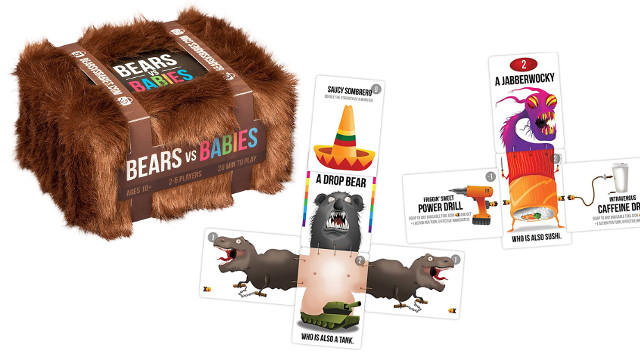Bears vs Babies is the brainchild of Elan Lee and Matthew Inman, creators of the popular card game Exploding Kittens, with the follow-up being a runaway success before it even made its way to publication. Raising a mammoth $3,215,679 on Kickstarter, making it over 25,000% funded as of its crowdfunding campaign’s completion date on November 17th, 2016, Bears vs Babies is in a unique position in that it doesn’t even have…

Atlas is an action-rpg with rogue-like elements where you use your ability to control the ground to fight the enemies and move through procedurally generated worlds.









